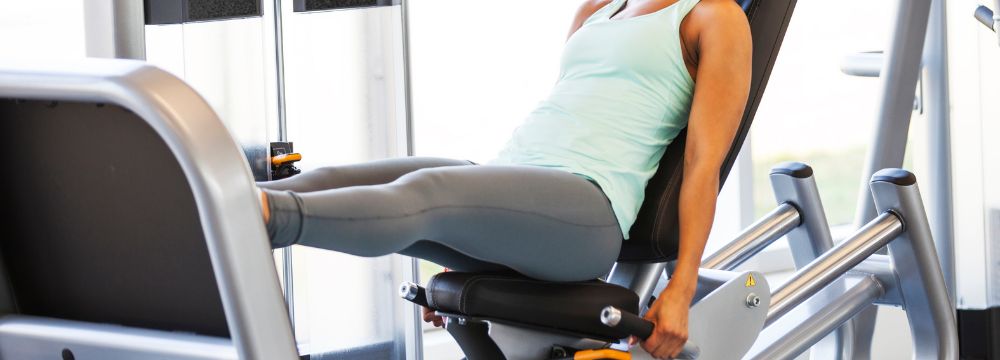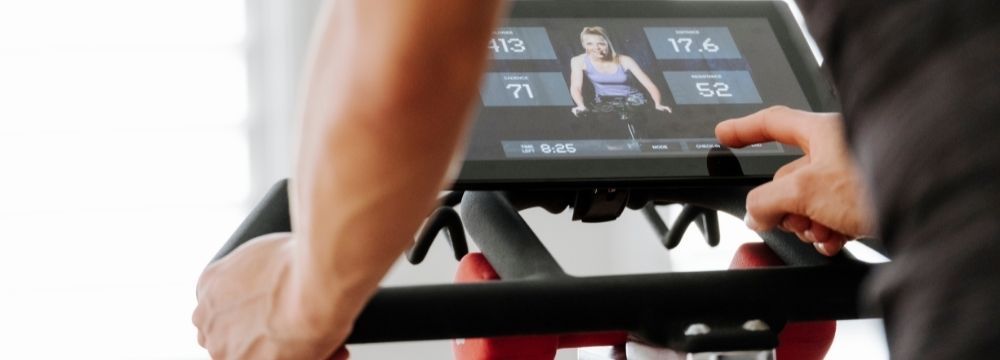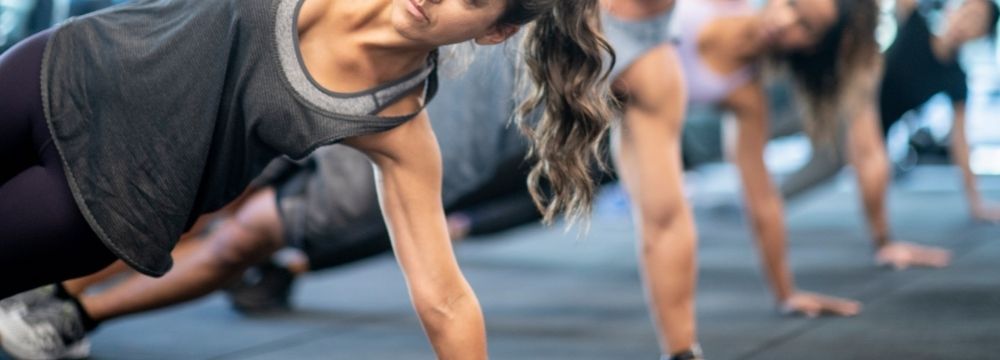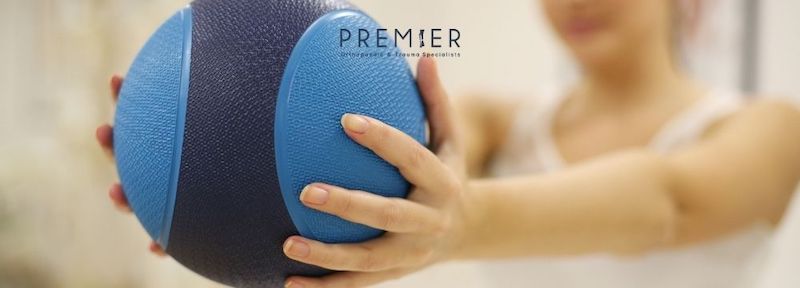
For adolescent athletes, fall is prime time. Friday night lights, cross-country races winding through autumn trails, volleyball games echoing in the gym – there’s something about fall sports that makes the season feel alive.
Unfortunately, it’s also prime injury season. Sports are the leading cause of injury in adolescents, and studies show that up to 8% of teens drop out of recreational sports each year due to injury-related setbacks.1
Most sports injuries are preventable with the right strategies, so before you lace up, let’s break down the most common injuries, why they happen, and how to keep young athletes off the bench and on the field.
Common Sports Injuries
Sports injuries generally fall into two categories: acute (sudden, dramatic injuries like a sprained ankle or dislocated shoulder) and chronic (the slow burn of overuse injuries, like shin splints or tendinitis). Types of musculoskeletal injuries that tend to happen in sports include:
- Sprains: Stretching or tearing of ligaments, the connective tissue that links bones and stabilizes joints.
- Strains: Twists, pulls, or tears of muscles or tendons, often from sudden movements or overexertion.
- Fractures: Bone breaks, either from a single traumatic event (acute fracture) or repeated stress over time (stress fracture).
- Dislocation: Occurs when bones in a joint are forced out of alignment, commonly in the shoulders, knees, and fingers.
- Tendinitis: Inflammation of a tendon, the fibrous tissue connecting muscle to bone, often attributed to repeated motions like throwing, swimming, or running.
- Bursitis: Inflammation of bursae, the small fluid-filled sacs that cushion bones and soft tissues near joints, that can result from repetitive motion, prolonged pressure (like kneeling), or a sudden blow.
Some of the most frequent offenders in fall sports are:
- Rotator cuff injury: Inflammation or tears of the shoulder stabilizing muscles and tendons from overuse or sudden injury.
- Impingement: Pressure on the soft tissues of the shoulder, causing pain and limited movement, often from repeated overhead motion.
- Tennis elbow: Outer elbow pain from repetitive wrist/forearm use.
- Golfer’s elbow: Inner elbow pain caused by repetitive wrist or finger movements.
- Runner’s knee: Pain around or under the kneecap, common in runners and hikers.
- ACL tears: Ligament injuries from sudden pivots or landings.
- Meniscal tears: Cartilage tears from twisting or ligament injury.
- Hamstring strain: Tears from running, jumping, or rapid stops/starts.
- Shin splints: Inflammation along the shinbone, common in runners.
- Achilles tendinitis: Irritation or tears of the Achilles tendon from overuse, running, or jumping.
- Ankle sprain: Stretched or torn ligaments from twisting or awkward landings.
Whether it’s a dramatic fall or a slow build-up from repetitive motion, injuries can strike athletes of any level. Trauma is often obvious (such as collisions, falls, or twisted joints); however, overuse sneaks up slowly and is actually more common. Consider that young athletes are still growing, with vulnerable growth plates and changing biomechanics, and the risk increases significantly.1
Risk factors that can exacerbate injury include:
- Training errors
- Poor technique
- Year-round play without rest
- Hard playing surfaces
- Ill-fitting shoes or gear
- Prior injuries that haven’t fully healed
Sometimes medications can also increase injury risk. For example, fluoroquinolones, a class of antibiotics commonly used to treat bacterial infections, can weaken tendons and increase their susceptibility to injury, including tendinitis and even tendon rupture.2 Athletes taking these medications should be particularly cautious with high-impact or repetitive movements. It’s always a good idea to review any new medications with your doctor, including potential side effects and how they might impact your activity or training.
Prevention Strategies
Research indicates that targeted prevention programs can dramatically reduce injuries, sometimes by 50–75%.3 Some proven strategies include:
- Warm Up and Cool Down: A proper warm-up, including light jogging, dynamic stretches, or mobility drills, reduces strain on muscles and joints. Cooling down helps muscles relax and recover.
- Strength and Conditioning: Building strength, especially in the lower limbs and core, improves stability and balance. Programs focusing on flexibility, balance, plyometrics, and landing mechanics have been shown to reduce the incidence of ACL and ankle injuries. (Plyometrics are quick, explosive movements that are designed to build power and train muscles to contract faster, like jump squats or bounding.)
- Structured Programs: One study found that a 20-minute structured warm-up incorporating strength, proprioception (the body’s sense of position, balance, and movement in space), and technique training led to significantly fewer knee and ankle injuries over the season.1
- Gradual Training Progression: Avoid the temptation to “go hard or go home.” Gradually increase training intensity, mileage, or weight to let the body adapt.
- Protective Gear – Supportive shoes, ankle braces, and pads can significantly reduce the risk.
Research also supports home-based proprioceptive balance training (like wobble board routines) to reduce injury risk in adolescents. You don’t need fancy equipment to protect yourself from injury. Some simple daily routines could be:
- A Dynamic Warm-Up: High knees, butt kicks, and side shuffles for 5-10 minutes to activate muscles, increase blood flow, and prep joints.
- For Balance and Stability: Try single-leg stands (make it more challenging by closing your eyes or standing on a pillow) to improve proprioception and ankle stability.
- Strength Builders: Squats, lunges, planks, and calf raises to strengthen legs and core for better stability.
- For Flexibility and Cool-Down: Hamstring stretches, quad stretches, and calf stretches post-activity to reduce stiffness and maintain range of motion.
The Bench Happens
The memories made and the community created around fall sports are exciting. Becoming injured isn’t the fun part, but it sometimes comes with the territory.
The National Institute of Arthritis and Musculoskeletal and Skin Diseases (NIAMS) recommends the RICE approach as a first line of care4 :
- Rest: Allow the affected area time to recover from intense activity to prevent further injury. This doesn’t mean total immobility, but it does mean skipping practice or modifying workouts until pain improves.
- Ice: Apply a cold pack to the injured area for 15–20 minutes at a time, several times a day, especially within the first 48 hours. Ice helps reduce pain and swelling.
- Compression: Use an elastic bandage or compression sleeve to support the area and minimize swelling. Be sure it’s snug but not so tight that it restricts circulation.
- Elevation: Keep the injured limb propped above heart level when possible to further control swelling.
Along with RICE, over-the-counter pain relievers (such as acetaminophen or ibuprofen) can help manage discomfort in the short term. Gentle stretching and gradual reintroduction of movement may also aid recovery once acute pain has eased.
Knowing when soreness isn’t “good pain” from training and that it’s your body waving a red flag also helps athletes stay off the sideline. If you are experiencing severe or sudden pain, swelling, or bruising that doesn’t improve, an inability to bear weight on a joint, a visible deformity, and/or pain that lingers or worsens despite rest, it’s time to see a doctor.
Trying to tough it out can turn a minor injury into a season-ending one. Orthopedic specialists, physical therapists, and sports medicine doctors can diagnose the issue and create a recovery plan that gets you back on the field as soon as possible, preventing re-injury down the road.
With proper warm-ups, conditioning, realistic training goals, and a bit of patience, most injuries can be prevented before they occur. And if an injury does occur, don’t ignore it. Receiving the proper diagnosis and care early can mean the difference between a brief recovery and a prolonged one. At Premier Ortho, we’re here to help athletes of all ages stay strong, stay safe, and most importantly, stay in the game.
- Abernethy, L., & Bleakley, C. (2007). Strategies to prevent injury in adolescent sport: a systematic review. British journal of sports medicine, 41(10), 627–638. https://doi.org/10.1136/bjsm.2007.035691.
- Morales, D. R., Slattery, J., Pacurariu, A., Pinheiro, L., McGettigan, P., & Kurz, X. (2019). Relative and Absolute Risk of Tendon Rupture with Fluoroquinolone and Concomitant Fluoroquinolone/Corticosteroid Therapy: Population-Based Nested Case-Control Study. Clinical drug investigation, 39(2), 205–213. https://doi.org/10.1007/s40261-018-0729-y.
- Abernethy, L., & Bleakley, C. (2007). Strategies to prevent injury in adolescent sport: a systematic review. British journal of sports medicine, 41(10), 627–638. https://doi.org/10.1136/bjsm.2007.035691.
- NIAMS. (2024, September). Sports Injuries. National Institute of Arthritis and Musculoskeletal and Skin Diseases. https://www.niams.nih.gov/health-topics/sports-injuries.











